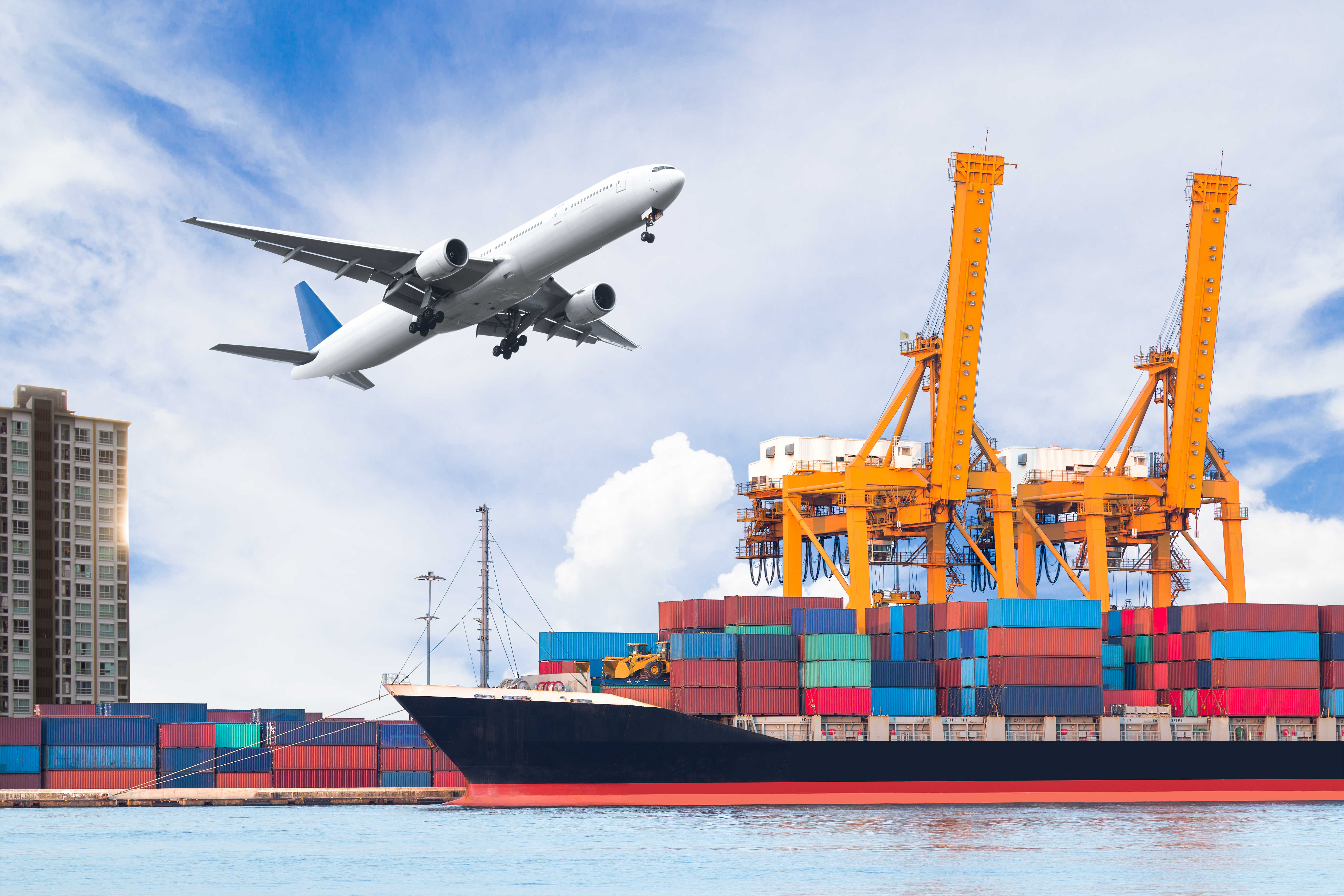As the nation’s fastest growing and fourth-busiest container port, the Port of Savannah handles more than 3 million TEU container units per year for more than 21,000 U.S. businesses. The Georgia Ports Authority connects the Southeast’s economy to markets of the world, generating opportunities for the entire region. All the authorities agree that a deeper port is needed in order for Georgia to remain competitive and accommodate the larger class of ships that are expected to call in greater numbers after the expansion of the Panama Canal.
Also in order for Savannah port to offer a complete logistics package, there is a new rail expansion project that will increase service well beyond the Southeast and set the stage for major market expansion, The project, known as the Port of Savannah International Multi-modal Connector.
What is the background of the project?
The first project, The Savannah Harbor Expansion Project (SHEP) was authorized as a part of the Water Resources and Development Act of 1999 to deepen the Savannah River from its current 42-foot depth to up to 48 feet. The project is being undertaken in anticipation of an expansion of the Panama Canal that will increase the maximum draft of vessels traveling to and from the East Coast from 39.5 feet to as much as 50 feet. It is estimated that Savannah’s harbor deepening project alone will bring $174 million in annual net benefits to the United States. With the expansion, the Panama Canal now can handle ships with a capacity of up to 14,000 twenty-foot equivalent container units (TEUs), up from the maximum of 5,000 TEUs before the project. This is expected to boost the Port of Savannah as the planned extra six feet of depth will allow for an additional 3,600 cargo containers in each transit. This is an increase of 78 percent, which will generate savings of 20 percent to 40 percent per container slot, further increasing Savannah’s competitive advantage.
The total price tag for the project is approximately $706 million, including construction and environmental mitigation costs. The federal government has a role in funding this project because the U.S. Constitution gives it authority over navigable waters. However, the proposed budget would significantly reduce funding for navigation maintenance and improvements across the country, which is desperately needed to ensure America’s international competitiveness and to allow the nation’s ports to accommodate increasingly large, sea-going vessels.
Over the past 15 years, the Savannah Port has been the fastest-growing port in the country and completing the expansion of the harbor will have a dramatic economic impact not only on Georgia, but the entire country.
The project will support jobs and commerce throughout the nation. The total economic impact of Georgia’s deep water ports is $67 billion. The Georgia Ports Authority supports more than 352,000 jobs and approximately $18.5 billion in personal income annually.
After 15 years of study and years of political wrangling, funding and environmental concerns, the construction phase of the project began in January of last year with the recovery of the CSS Georgia Confederate ironclad from the Savannah River, with dredging of the entrance channel already 25 percent complete.
The state of Georgia is helping the initiative to grow the Port
In another effort to increase the importance of Georgia and its ports, Georgia has initiative to spend $128 million on rail expansion, which is the second project mentioned above. Savannah offers a complete logistics package with state’s largest economic development , project with direct interstate access, on-terminal rail, near-port distribution centers and a location that is 100 miles closer to Atlanta than any other port. Georgia Ports Authority Executive Director Griff Lynch delivered his first State of the Port address, detailing a new rail initiative that will increase service well beyond the Southeast and set the stage for major market expansion.
The project, known as the Port of Savannah International Multi-modal Connector, is expected to take three to four years to complete. When finished, it will allow GPA to build entire 10,000-foot-long trains on terminal without disrupting nearby traffic.
GPA’s Mid-American Arc will focus on the growth of intermodal rail, extending the port’s reach to new places such as St. Louis, Chicago and the Ohio Valley. This enhancement of Savannah’s rail capacity is a game-changer, the key to expanding the arc of rail service is a $128 million project that will link Garden City Terminal’s two rail yards, improve efficiency and grow the terminal’s rail lift capacity to approximately 1 million containers each year.
A mega-rail terminal will be built on this facility and the throughput capacity is going to be doubled over the next three years. The Garden City Terminal’s two intermodal rail facilities – the Chatham and Mason yards – will be combined and connected which will be a state-of-the-art facility the likes of which doesn’t currently exist – certainly not on the East Coast and maybe not on all (of) North America.
Having unit train capacity on terminal will build density into the system and make for faster, more frequent rail service to markets along the arc – something that will be attractive to GPA’s Class 1 rail providers, CSX and Norfolk Southern, Lynch said. Adding additional track on terminal will also reduce the number of rail crossings in the neighborhoods surrounding the port.
The project is funded in part by a $44 million grant from the U.S. Department of Transportation.
Both SHEP and the Port of Savannah International Multi-modal Connector around the ports will be done by 2020 if the promised funds are provided on time, and this must remain a priority for the United States to compete globally and expand American made products into new markets as International trade now accounts for fully 30 percent of the U.S. economy and to compete in global markets, America needs an efficient and modern 21st century freight transportation system therefore these projects are vital to ensuring the continued growth of America as a major player in the shipping industry.
- 109shares
- 82LinkedIn




